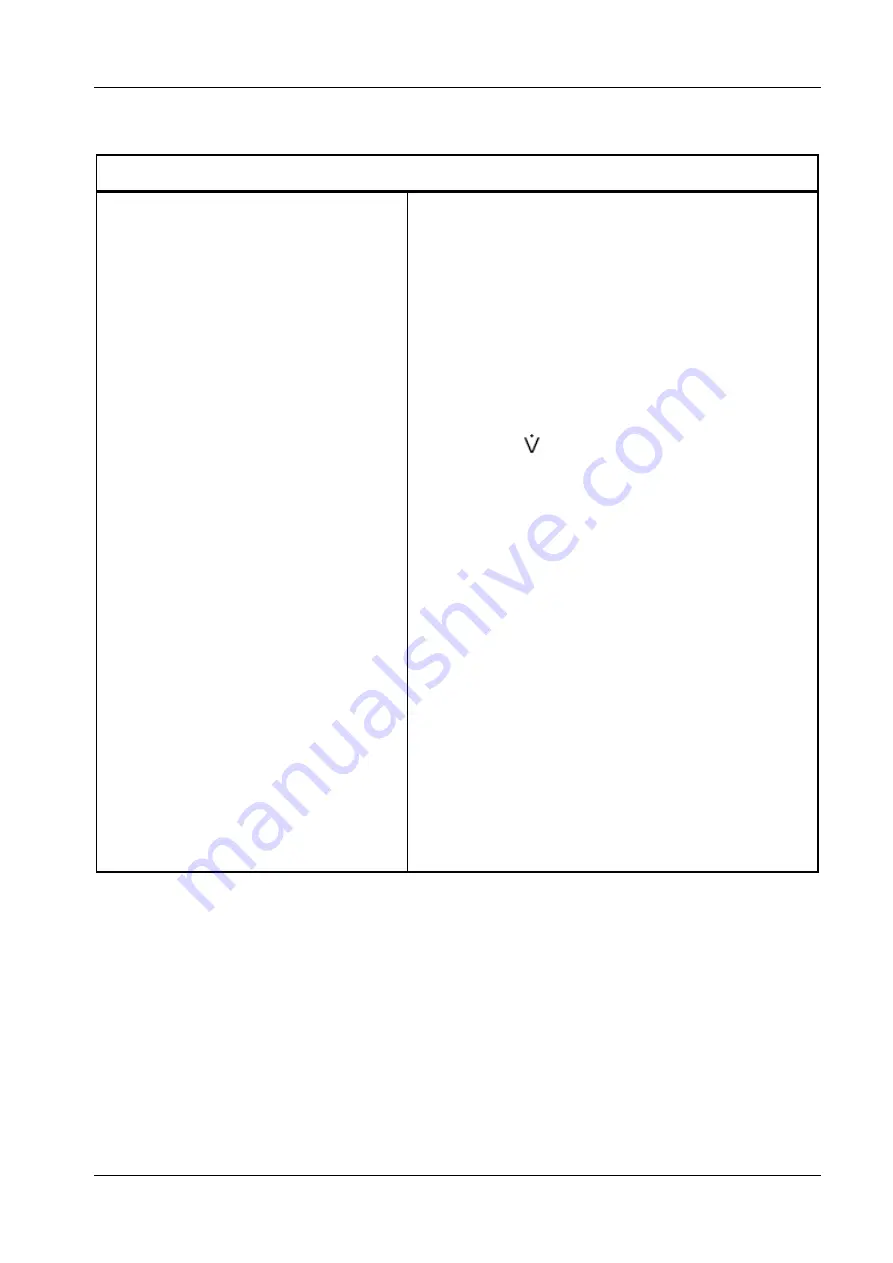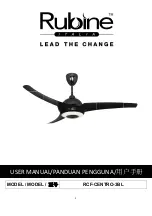
106
10.12.8 DualPAP
DualPAP - Two-stage positive pressure ventilation
Description:
In DualPAP, the ventilator operates at two
pressure levels set by the operator, Superior
Pr and Inferior Pr:
The change to the lower pressure level (end
of inspiration) occurs at the end of Superior
T (time set for the superior pressure level).
Likewise, restoring the superior pressure
level (beginning of inspiration) occurs as
soon as the Lower T (the time for the lower
pressure level) is exhausted.
Consequently, the respiratory rate and the I:
E ratio are directly related to this alternation
between levels.
DualPAP allows spontaneous cycles at both
pressure levels and counts with the
possibility of synchronization with the
patient's inspiratory effort. Cycle (transition
between inspiration and expiration) occurs
by flow as it falls to a certain percentage of
its maximum reached value.
Without spontaneous breathing, DualPAP is
similar to the controlled pressure mode,
differing from this by adjusting the times
(Superior T and Inferior T) rather than
respiratory rate.
The onset of inspiration occurs when the
patient makes an effort that is recognized by
the ventilator according to the adjusted
trigger. If the backup is active and the patient
goes into apnea, the onset of inspiration will
occur according to the set apnea time.
Adjusted Parameters:
•
SUPERIOR PR.
•
SUPERIOR T.
•
INFERIOR PR.
•
INFERIOR T.
•
O
2
CONCENTRATION
•
ΔPS (Support Pressure)
•
LIMIT PRESSURE
•
CYCLE (% FLOW)
•
PRESSURE TRIGGER
•
FLOW TRIGGER
•
RISE TIME
•
FLOW (
- NEONATAL);
•
BACKUP
o
VCV Backup
▪
VOLUME
▪
RATE
▪
FLOW
▪
PEEP
▪
FLOW WAVE
▪
PAUSE
o
PCV Backup
▪
CONTROL
PRESSURE
▪
RATE
▪
INSPIRATORY
TIME
▪
PEEP
o
PLV-NEONATAL
Backup
▪
INSP
PRESSURE
▪
RATE
▪
INSPIRATORY
TIME
o
Automatic
Backup
(1)
1
– Whenever the set
apnea time is reached,
the ventilator triggers a
ventilator cycle, the
setting of which is
based on the current
mode settings.
















































